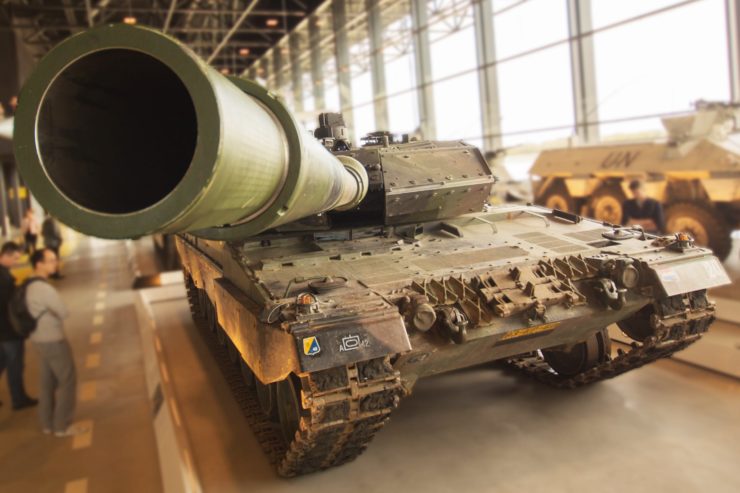
One of the newest threats that the Pentagon is facing, is swarms of drones that are designed to destroy any target they are programmed to attack. Criminals around the world have started using swarms of civilian drones to gather surveillance, target individuals, even going as far as to drop explosives. This is a worrying trend as armed forces are not used to dealing with drones which can be remotely operated from miles away. However, a new way to fight back has been invented.
It is surprising that many military personnel are still not fully equipped with anti drone tools considering that millions of people own drones across the world. It gets even harder to deal with swarms of drones. Shotgun shells that are equipped to fire nets that capture the drones can only be used when the drones are in close range. Missiles, such as the $38,000 Stinger, are not cost effective tools for fighting drones that only cost around $1000.
High powered lasers and signal jammers may be the best options. However, they have to be fixed on the target for a few seconds before they can disable them. This can be impossible with fast moving drones. But this spring, a new type of drone defense system that uses high-power microwaves (HPM) was released by Raytheon.
This new HPM weapon can knock out multipe drones in less than one second. A HPM beam operates on the atomic level and passes through the drone’s exterior while destroying the electronics responsible for keeping the drone in the air. Once the drone is in sight, a silent, invisible HPM beam moves at the speed of light and fries the drone’s circuits rendering it useless, as it then falls to the ground. The beam may be manipulated into a cone-shaped beam that can be used to knock out multiple drones at the energy cost of less than one dollar per kill making it extremely powerful, yet affordable.
The defense system is largely autonomous, detecting, tracking, and identifying targets with Active Electronically Scanned Array (AESA) radar, the same type of radar found in fighter jets. AESA uses thousands of modules that can change direction instantaneously to detect targets more accurately and quicker than infrared systems or older systems that may not be able to pick up a drone’s minimal heat signature. While little human input is required to run the HPM system, an operator is needed to decide the order in which the targets will be engaged.
As more people have access to drones, it is necessary for the government to find ways of monitoring and controlling them, as well as disabling them if necessary. The hope is that most drone operators use their drones for positive reasons, but if there is a chance for a drone to be used in a harmful way it is good to know that safety measures are being put into place.
|